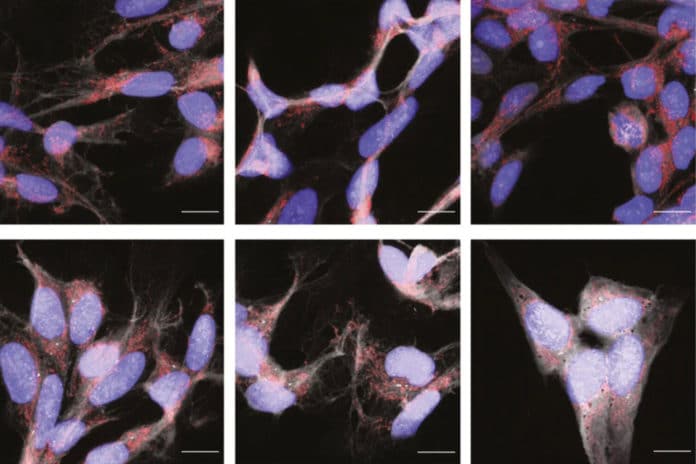Tau, the microtubule-associated protein, is the potential hallmark of Alzheimer’s disease. It forms insoluble filaments that accumulate as neurofibrillary tangles. A new study suggests that blocking tau could help ALS patients.
ALS, which stands for Amyotrophic Lateral Sclerosis, is a degenerative condition that attacks the brain and spinal cord nerve cells and progressively eats away at individuals’ ability to move, speak, eat, and even breathe.
Previous studies have demonstrated that mitochondrial dysfunction is a key pathogenetic event in ALS, aka Lou Gehrig’s disease. Studies of Alzheimer’s disease also have linked changes in mitochondrial function to interactions between an abnormal form of tau.
Gathering the data together, Ghazaleh Sadri-Vakili, director of the NeuroEpigenetics Laboratory at MGH’s Institute for Neurodegenerative Disease and the Healey Center, and her colleagues, studied whether these interactions might also promote mitochondrial dysfunction in ALS. They also determined whether reducing tau could be a novel and promising therapeutic approach to fight the disease.
For their study, scientists used brain tissues from dead ALS patients. They found an abnormal form of tau in the brain in places where tau is not normally seen. When cells were grown in contact with deceased ALS patients’ brain tissue that contained abnormal tau, the cells’ mitochondria fragmented, and oxidative stress increased.
Reduction of tau with a specific degrader reversed these effects. This also reduced mitochondrial fragmentation and lowered oxidative stress.
Sadri-Vakili said, “We demonstrated for the first time that targeting tau with a new class of small molecules that selectively degrade it can reverse the ALS-induced changes in mitochondria’s shape and function, highlighting tau as a potential therapeutic target.”
Journal Reference:
- Tiziana Petrozziello et al. Targeting Tau Mitigates Mitochondrial Fragmentation and Oxidative Stress in Amyotrophic Lateral Sclerosis. DOI: 10.1007/s12035-021-02557-w
